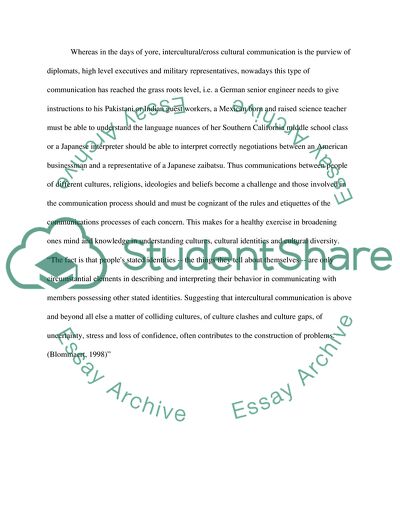Cite this document
(Intercultural Issues in Communication Term Paper, n.d.)
Intercultural Issues in Communication Term Paper. https://studentshare.org/social-science/1706353-intercultural-issues-in-communication
Intercultural Issues in Communication Term Paper. https://studentshare.org/social-science/1706353-intercultural-issues-in-communication
(Intercultural Issues in Communication Term Paper)
Intercultural Issues in Communication Term Paper. https://studentshare.org/social-science/1706353-intercultural-issues-in-communication.
Intercultural Issues in Communication Term Paper. https://studentshare.org/social-science/1706353-intercultural-issues-in-communication.
“Intercultural Issues in Communication Term Paper”. https://studentshare.org/social-science/1706353-intercultural-issues-in-communication.


